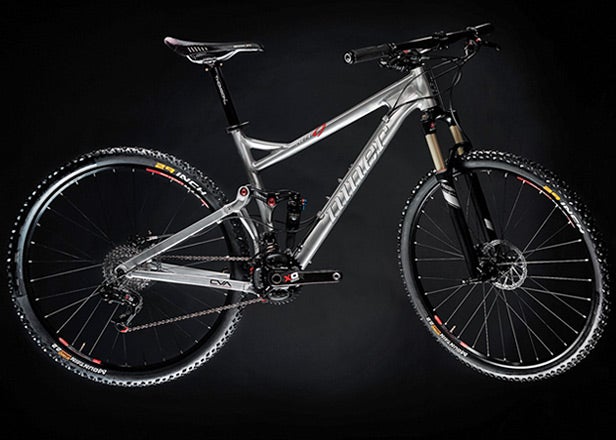IN MY PERFECT WORLD, bikes would be king. Roads would be safe for cyclists. Mountain-biking trails would be everywhere. The government would fund research and infrastructure for better bike commuting.
Nice dream, you say? Actually, it’s becoming reality. The Obama administration’s newly proposed transportation bill, with $28 billion allocated over the next six years to support bicycle and pedestrian hubs and infrastructure for bike access, is a massive step in the right direction. Same goes for the recent spate of bike-safety legislationÔÇöat least 16 states now have laws mandating that drivers give at least three feet of space when passing cyclists on the roadÔÇöand bike-share initiatives, which provide fleets of bikes for public use at minimal cost. Minneapolis, Denver, and Miami Beach, to name just a few cities, launched programs in 2010. Off-road, there’s a strong movement toward purpose-built riding areas for mountain bikers, with flow trailsÔÇögravity-oriented routes that mean less pedaling and more rollingÔÇöpopping up everywhere from ski resorts to national forests to municipal bike parks.
Then, of course, there are the bikes, which keep getting lighter, stronger, and faster. Safer, too. According to a new study in the American Journal of Sports Medicine, mountain-bike injuries decreased by 56 percent between 1995 and 2007, in part because of advances in bike design. Meanwhile, 29er mountain bikesÔÇösporting 29-inch wheels, which offer more stability than the classic 26-inch wheelsÔÇöcontinue to gain traction, with a rash of affordable models introduced this year. For road cyclists, carbon frames are exponentially cheaper and smoother than they were just a few years ago.
All of which means that now is an awesome time to invest in a new rideÔÇöwhich is sure to be the best one you’ve ownedÔÇöand get out there to help herald the new bicycle world order.
Aaron Gulley was this year’s mountain- and road-bike test director


